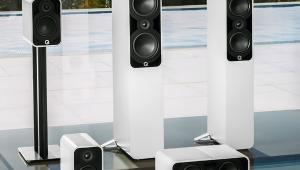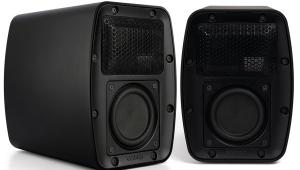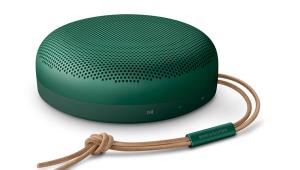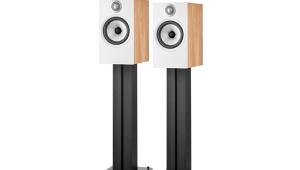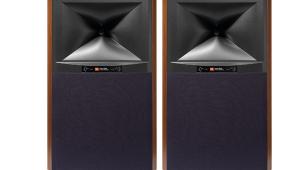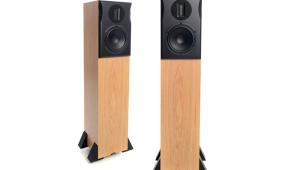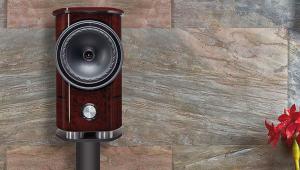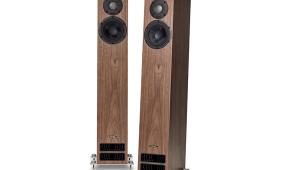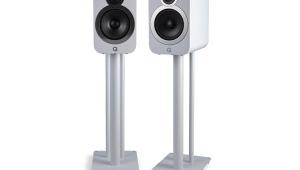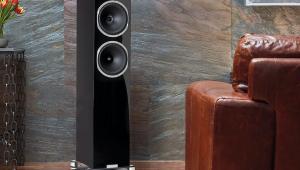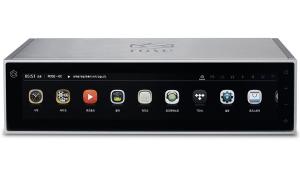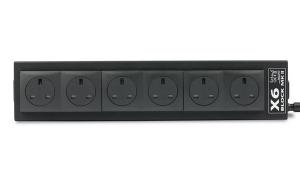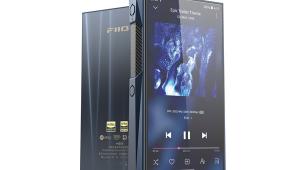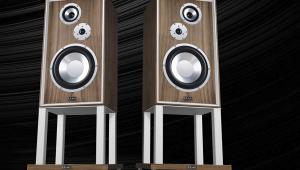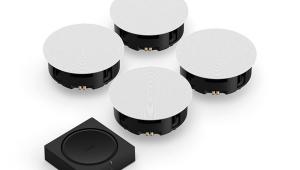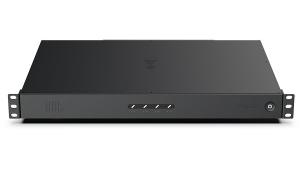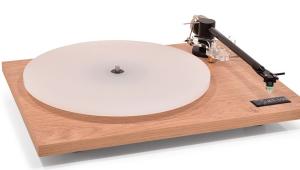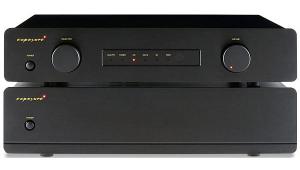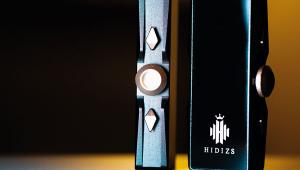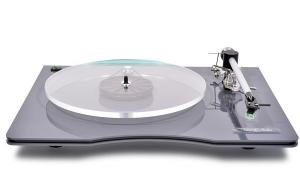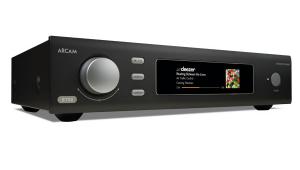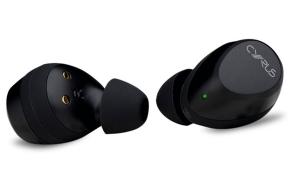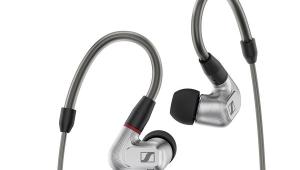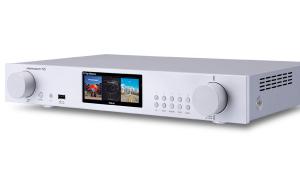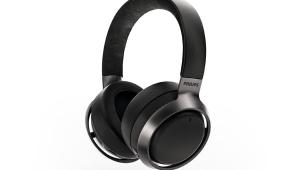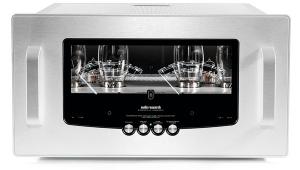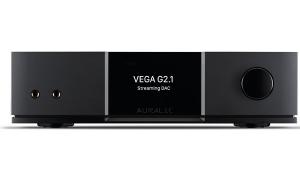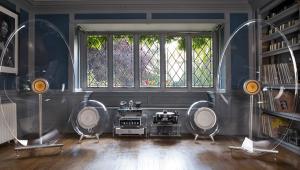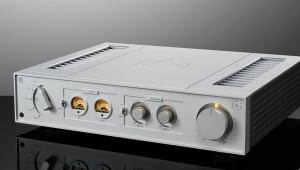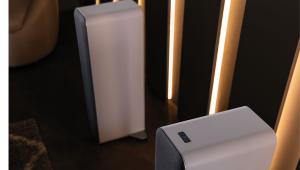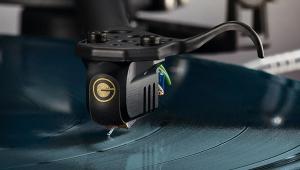Rogers LS5/9 Classic SE

 Back in 1970 when the BBC broadcast its first episode of the Nine O’Clock News, Jon Pertwee made his debut appearance as the third Doctor in Doctor Who and Blue Peter aired for the first time in colour, far more exciting things were going on behind the scenes. Not content with improving the pictures that we watched by increasing the resolution to 405 lines, moves were afoot in the sound department too. Forming a relationship with hi-fi specialist Rogers, the Beeb started work on a series of studio monitors that would go on to grace systems across the country. The range began with Rogers first BBC design, the LS3/6 and then four years later the LS3/5A arrived. The smallest (Grade Two) in a family that would grow to include speakers of varying sizes for both studio, outside broadcasts and monitoring, it went on to become a legend. And then in 1983 production of the LS5/9 began. A ‘Grade One’ model designed to fit in spaces where its predecessor (the LS5/8) was too large, it used the same tweeter. It wasn’t until the late-Nineties that Rogers decided to stop producing home models in collaboration with the BBC.
Back in 1970 when the BBC broadcast its first episode of the Nine O’Clock News, Jon Pertwee made his debut appearance as the third Doctor in Doctor Who and Blue Peter aired for the first time in colour, far more exciting things were going on behind the scenes. Not content with improving the pictures that we watched by increasing the resolution to 405 lines, moves were afoot in the sound department too. Forming a relationship with hi-fi specialist Rogers, the Beeb started work on a series of studio monitors that would go on to grace systems across the country. The range began with Rogers first BBC design, the LS3/6 and then four years later the LS3/5A arrived. The smallest (Grade Two) in a family that would grow to include speakers of varying sizes for both studio, outside broadcasts and monitoring, it went on to become a legend. And then in 1983 production of the LS5/9 began. A ‘Grade One’ model designed to fit in spaces where its predecessor (the LS5/8) was too large, it used the same tweeter. It wasn’t until the late-Nineties that Rogers decided to stop producing home models in collaboration with the BBC.
Jump forward 20 years and the company, under the guidance of former technical director Andy Whittle, has decided it’s time for the Auntie-inspired cabinets to return and now it’s possible to recreate the sound of a golden era without having to deal with a patched up component from Ebay that has seen better days.
Buying second hand, a mint version of the original cabinet in supreme working order will cost you in the region of £2,000 and you can expect to pay anything up to half that for a less than pristine one. So, taking inflation into account, the £4,900 pricetag for the new LS5/9 seems more than fair. Available in walnut, olive and Amazaque ( a gorgeous African hardwood) finishes, you can plump for rosewood for an extra £50. The deluxe SE version will set you back £5,500 for the basic finishes or £5,600 for rosewood or RAL colours. Additionally, bonuses include gold badges and a Panzerholz (a resin/hardwood composite) front baffle. Bespoke stands add an extra £1,600.
Fancy finishes aside, Rogers is adhering strictly to the original BBC design brief to keep the SE version as close as possible to the original brief. Hence the cabinet is still constructed from 9mm thin-wall birch ply with damping sheets while the 34mm Audax HD34 tweeter is still produced in France (before being modified by Rogers back in the UK). The crossover is assembled in the UK and the 210mm bass driver has been reverse engineered and fitted with the correct PVC surround as per the BBC spec. The high frequency adjustment tag strip remains visible on the baffle as per the original studio version, although it is not user adjustable. Finally, high-power, iron-dust-cored inductors with high-quality capacitors are also employed.
Sound quality
We opt to put the LS5/9 Classic SE through its paces on Rogers dedicated stands only to discover that no toe-in is required. Otherwise it’s important not to position them too far apart as it creates a noticeable ‘hole in the middle’ effect. While the speaker is modestly sensitive and not an especially tough load, we find that it is in its element when fed plenty of power and driven hard. The PVC surrounds also need to do some work before they fully warm up – about half an hour works a treat.
As this is an inherently professional loudspeaker design, it seems only fitting to feed it high-quality material. Consequently, today’s test music programme consists predominantly of open-reel tape, CD and vinyl. Anyone that’s ever experienced the various iterations of BBC designs and collaborations will point to the natural midband and upper bass combined with beautifully realistic vocals. So it comes as something of a shock when the cavernous bass is the first thing to grab our attention.
Sound Tour: Spain on open-reel from Verve is a fitting starter, thanks in no small part to its peculiar combination of an unnamed orchestra with sounds of passing traffic. The recording immediately conjures up a fabulous sensation of space with the car sounds so convincing that initially we thought there was a vehicle pulling up outside the test room. In fact, a car enthusiast who happens to poke their head into the room swears blind they can pick out the distinctive purring of an Alfa Romeo. With the more traditional sounds of trumpet, piano, castanets and the mass voices of a choir, the LS5/9 Classic SE serves up a smooth bass that is realistic, non-aggressive and substantial. Meanwhile, the voices are clear, sibilance-free and utterly convincing. Arguably more impressive still is the way that the cabinet passes off the illusion of completely disappearing in a way that David Blaine would be proud of. While this is the sort of tricksiness one might expect of the smaller LS3/5A, the fact that the LS5/9 Classic SE is so much more substantial and a ported two-way box makes this magic act worthy of a season in Las Vegas in the way that it’s so apparently effortlessly able to ape the characteristics of panel loudspeakers and dipoles.
Sticking with tape, Jackie Gleason’s Today’s Romantic Hits/For Lovers Only Vol 1 & 2 manages to sparkle at the top end, with even the most delicate upper frequency information experiencing a glittery, shimmering effervescence without becoming in any way edgy or sibilant – we’re talking Galaxy-level silkiness here. Switching to compact disc and the Danish National Chamber Orchestra’s unique take on Lola from the 50th Anniversary CD boxset of Lola Versus Powerman And The Moneyground Part One, the blockbuster track is given the sort of panoramic soundstage it so richly deserves. There’s a lovely ‘unplugged’ feel to proceedings, while the sheer majesty of the choral group behind Ray Davis is huge. The Kinks frontman takes centre stage –in this instance apparently standing in the room – while the choir lets rip behind him. When it comes to its unerring handling of three-dimensionality, the difference between this and the lauded LS3/5A are infinitesimally small. The applause that greets the performance from the audience, meanwhile, is utterly convincing.
Staying on the subject of the LS3/5A it’s an interesting exercise to see how the two compare. Costing twice as much, the larger LS5/9 Classic SE goes much louder and spits out far deeper bass with relative ease – something we’d expect as a given considering its larger cabinet. However, the Classic SE has slightly less than pin-point imaging – something that only anally retentive studio engineers and overly fussy reviewers are likely to be too fussed about, admittedly. More of a surprise, perhaps, is the fact that the LS3/5A is able to deliver greater image height – not necessarily a deal breaker you understand, but we’d feel rather remiss to neglect to mention this.
Performances such as this one clearly highlight the very different requirements of the studio and home environments, with the LS5/9 Classic SE underlining its flexibility and apparent ease to fulfil the very different requirements of both camps. Though it can’t quite lay claim to being the Holy Grail of a scaled-up LS3/5A, it comes pretty damn close...
Conclusion
Those that love the classic BBC sound but are looking for something a little larger – but not too large – will be happy to find that for the most part the LS5/9 Classic SE is a resounding success. With its emphasis on midband authenticity and vocal verisimilitude, combined with an unerring ability to improve on the LS3/5A’s low-frequency powers with a deeper and more level bass, this is a stunning return from a legendary blast from the past. Beg, borrow or steal – the choice is yours– but make sure you add it to your audition shortlist. HFC
DETAILS
Product: Rogers LS5/9 Classic SE
Type: Standmount loudspeaker
FEATURES
● 34mm tweeter with phase correction
● 210mm polypropylene cone mid/bass driver
● Quoted sensitivity: 87dB 1W/1m (8ohm)
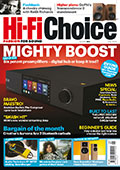 |
Inside this month's issue: Neat Acoustic Mystique Classic floor standing loudspeaker, Austrian Audio The Composer headphone, T+A PSD 3100HV network-attached DAC/preamp, Audio-Technica AT-SB727 Soundburger portable turntable, a preamplifier Group Test and much, much more...
|
